The Charm of Collective Nouns
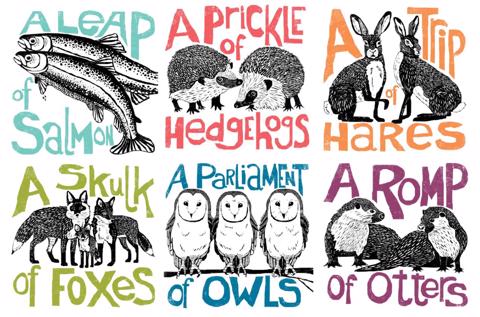
Collective nouns are one of the most charming oddities of the English language, often with seemingly bizarre connections to the groups they identify.
Why are lions in a pride? And are crows really murderous? But have you ever stopped to wonder where these peculiar terms actually came from?
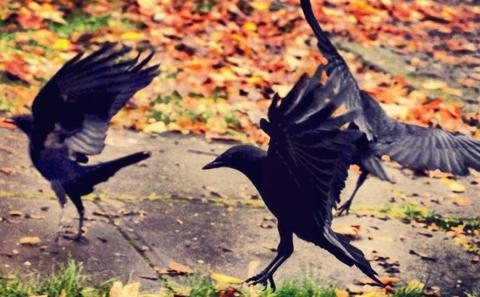
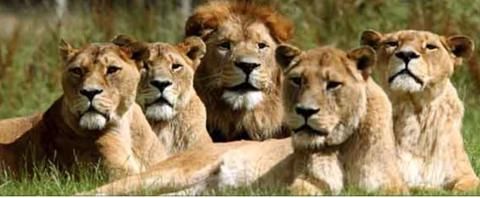
Many were first recorded in the 15th century in publications known as Books of Courtesy – manuals on the various aspects of noble living, designed to prevent young aristocrats from embarrassing themselves by saying the wrong thing at court.
The earliest of these documents to survive to the present day was The Egerton Manuscript, dating from around 1450, which featured a list of 106 collective nouns. Several other manuscripts followed, the most influential of which appeared in 1486 in The Book of St Albans – a treatise on hunting, hawking and heraldry, written mostly in verse and attributed to the nun Dame Juliana Barnes (sometimes written Berners), prioress of the Priory of St Mary of Sopwell, near the town of St Albans.
This list features 164 collective nouns, beginning with those describing the ‘beasts of the chase’, but extending to include a wide range of animals and birds and, intriguingly, an extensive array of human professions and types of person. 1
It is fun to think about collective nouns, their origins go way back, but for me it is the images that these words bring to my mind.
The most appealing to me are the collective nouns of animals, birds and bugs.
It’s easy to envisage a leap of leopards, a prickle of porcupines, a streak of tigers and a dazzle of zebras.
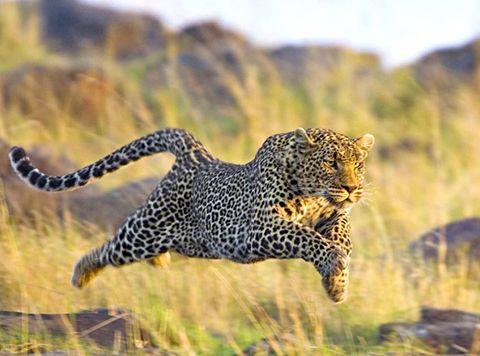
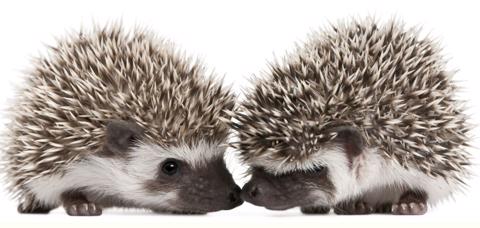
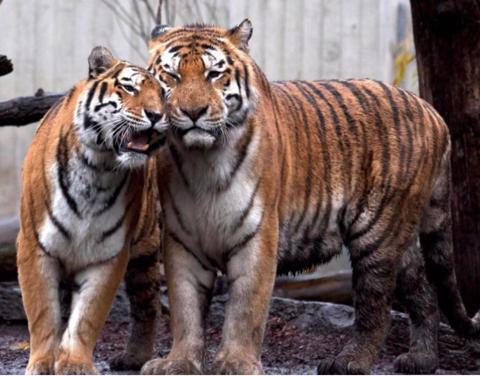
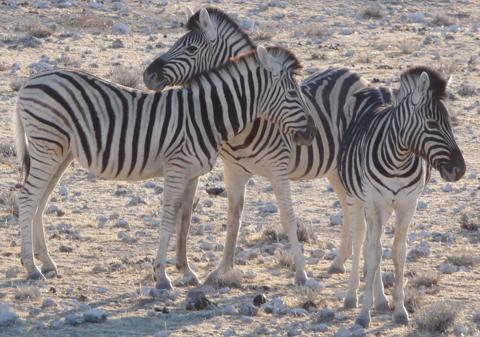
During long driving days through Namibia which I visited in 2008, we often spotted wildlife and in-between times amused ourselves remembering the relevant collective nouns.
Often elephants are referred to as a herd, but trumpet is less well known and shouldn’t such magnificent animals have their own unique collective noun?
We saw towers of giraffe and bloats of hippos, while a stubbornness of rhinos was more allusive.
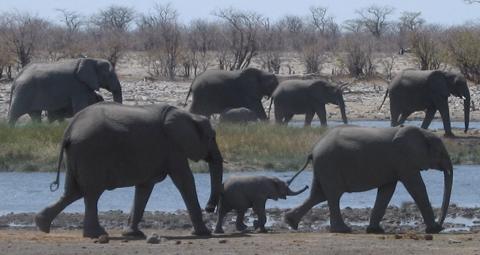
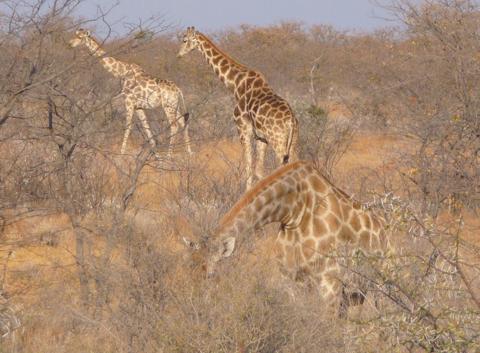
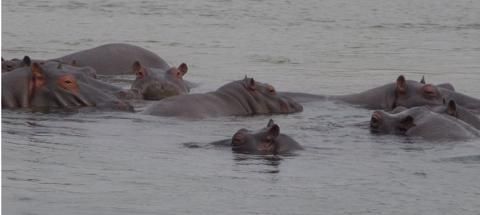
Snakes have some evocative names for their groupings: A quiver of cobras and a rhumba of rattlesnakes. Thankfully most snakes are solitary creatures - spotting even one is a scary moment.
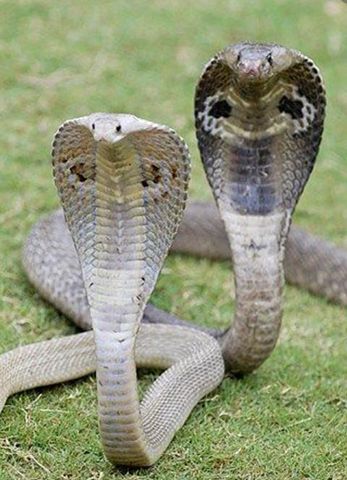
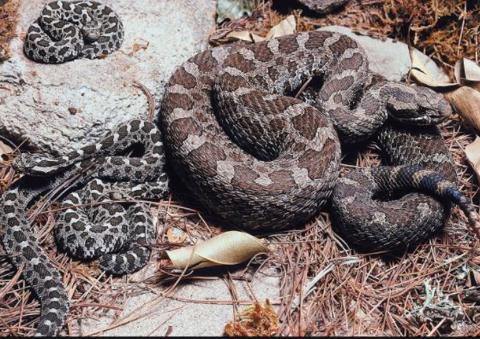
In the main, poor old bugs however, are not flattered by their collective nouns. For those of us often bitten by a scrounge of mosquitoes, the itch can drive us mad for days and in tropical areas we hope they are not carrying malaria. Farmers dread plagues of locusts, while an intrusion of cockroaches, unpleasant sightings we hope to avoid in our homes.
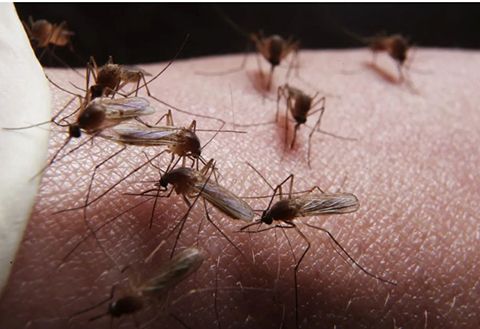
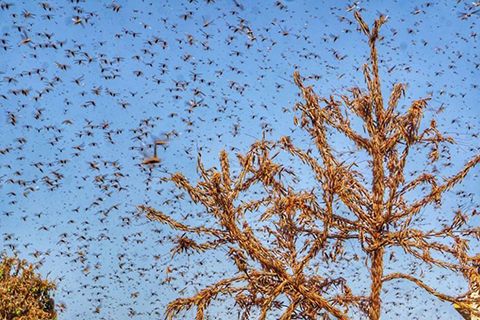
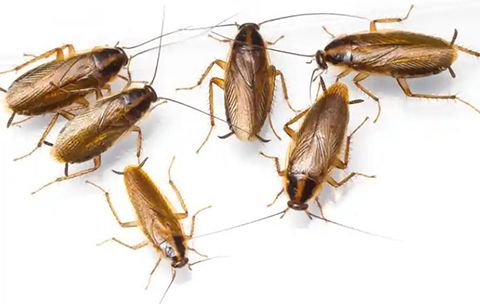
Snails fare a little better grouped together in walks or escargatoire – a fancy French word meaning nursery.
While bees are grouped in Hives or Swarms and although they can sting we love them as they pollenate crops and flowers and are a sign our ecosystem is in balance and their honey a delectable treat – Manuka honey even has medicinal qualities.
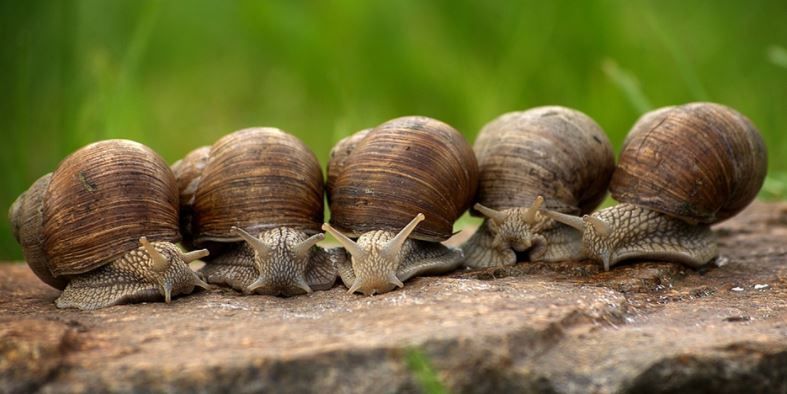
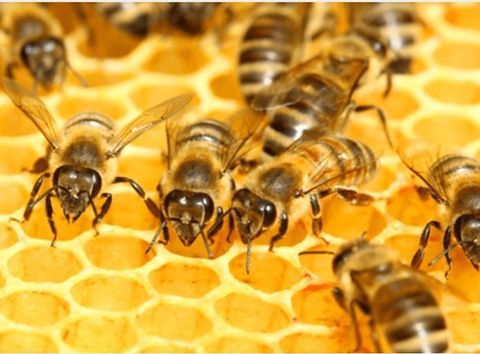
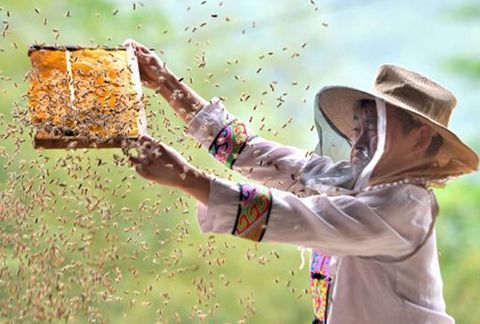
Birds in the main have some terrific names for their groupings: An ostentation of peacocks, a pandemonium of parrots, a flamboyance of flamingos, a parliament of owls, although less common but more fitting, also grouped as a stare of owls.
Though ravens are grouped as an unkindness or a conspiracy, perhaps appropriate as traditionally they are associated with death and considered creepy – you may remember the scene in Alfred Hitchcock’s film The Birds!
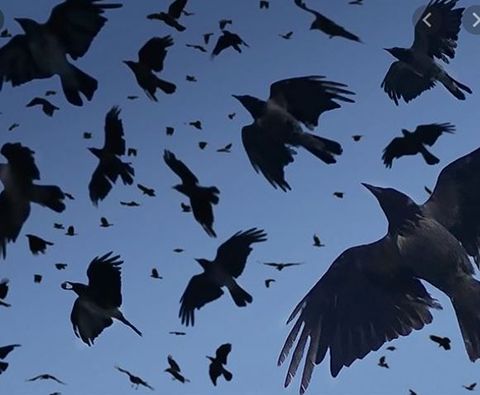
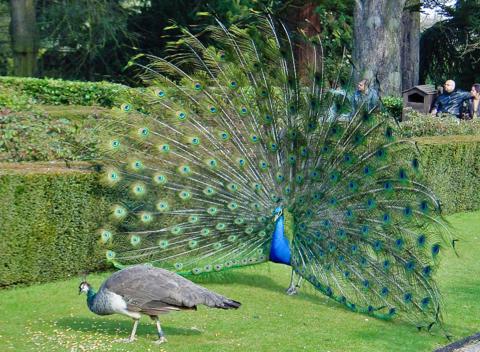
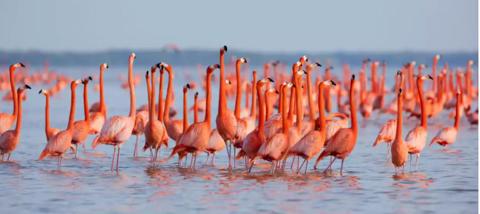
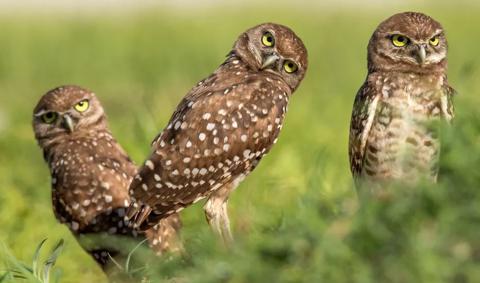
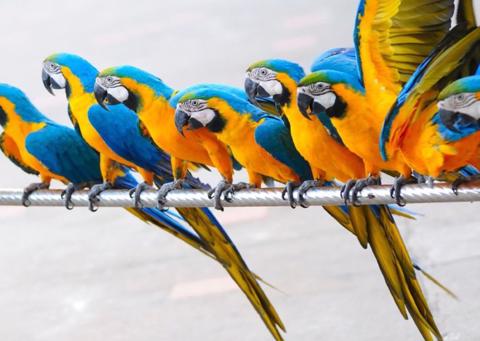
There are innumerable birds and animals and often several collective nouns for their groups. Today I have shared just a few that have captured my imagination. Do you have any favourites?
As a fitting end to this post, share the joy of flight with the video clip below - a murmuration of starlings - a phenomenon that results when hundreds, sometimes thousands, of starlings fly in swooping, intricately coordinated patterns through the sky.
Credits
1. historyextra.com
